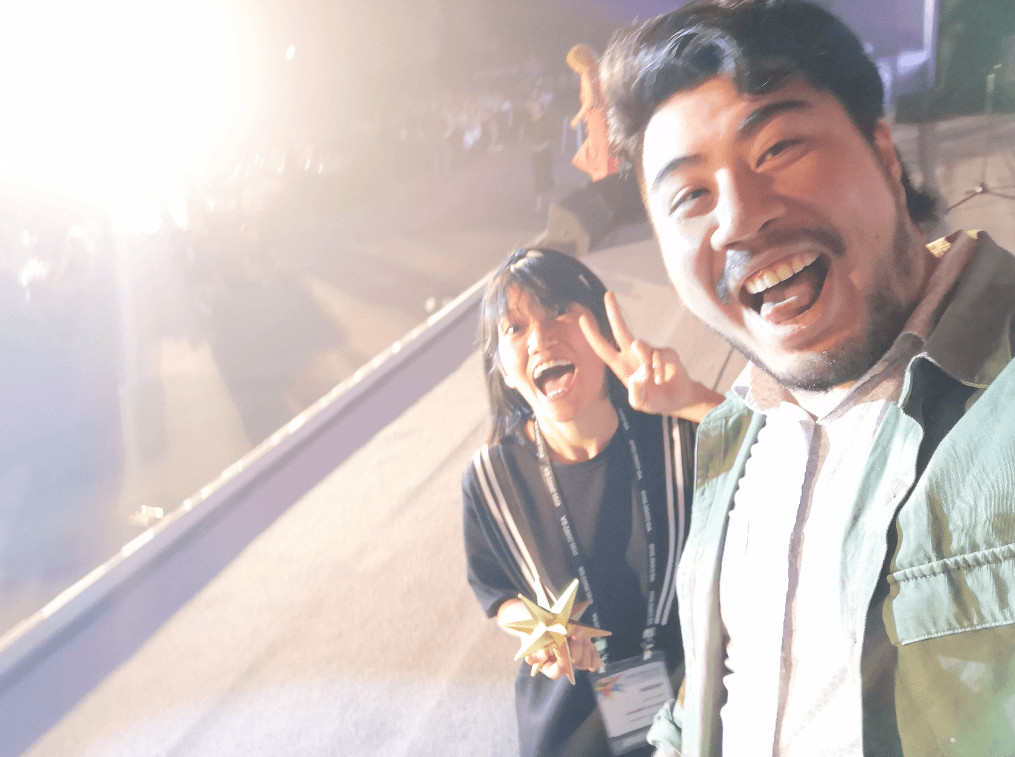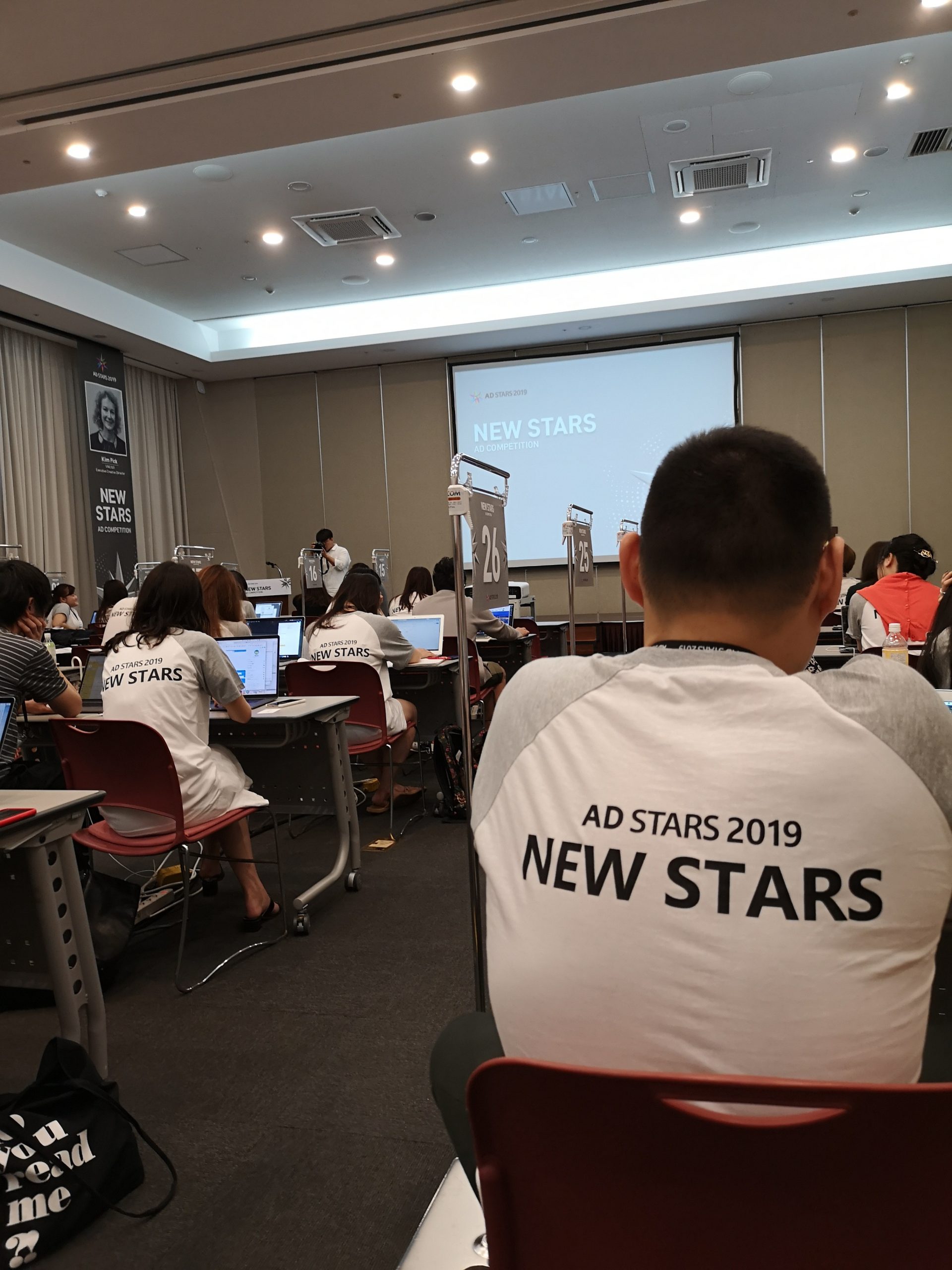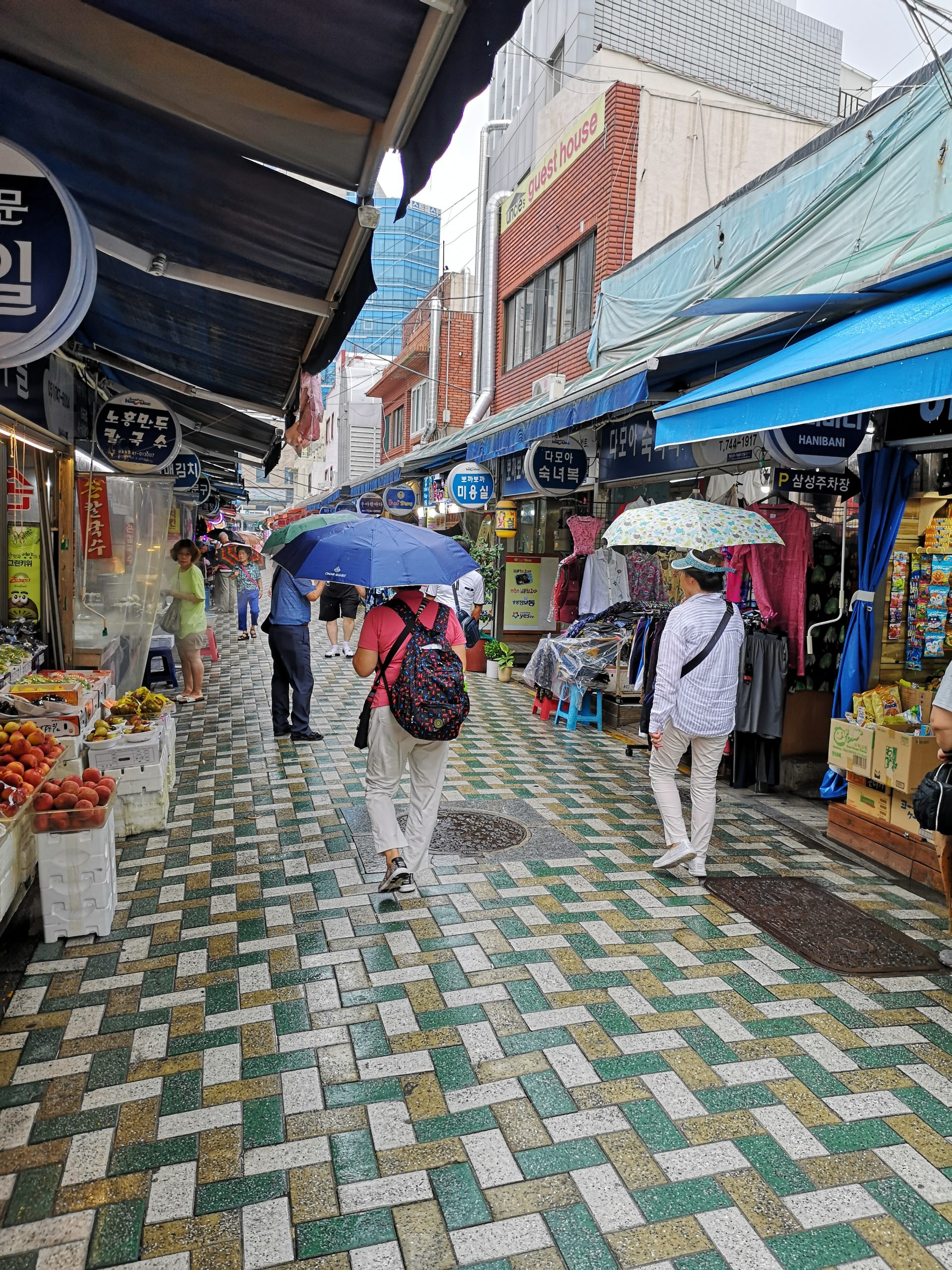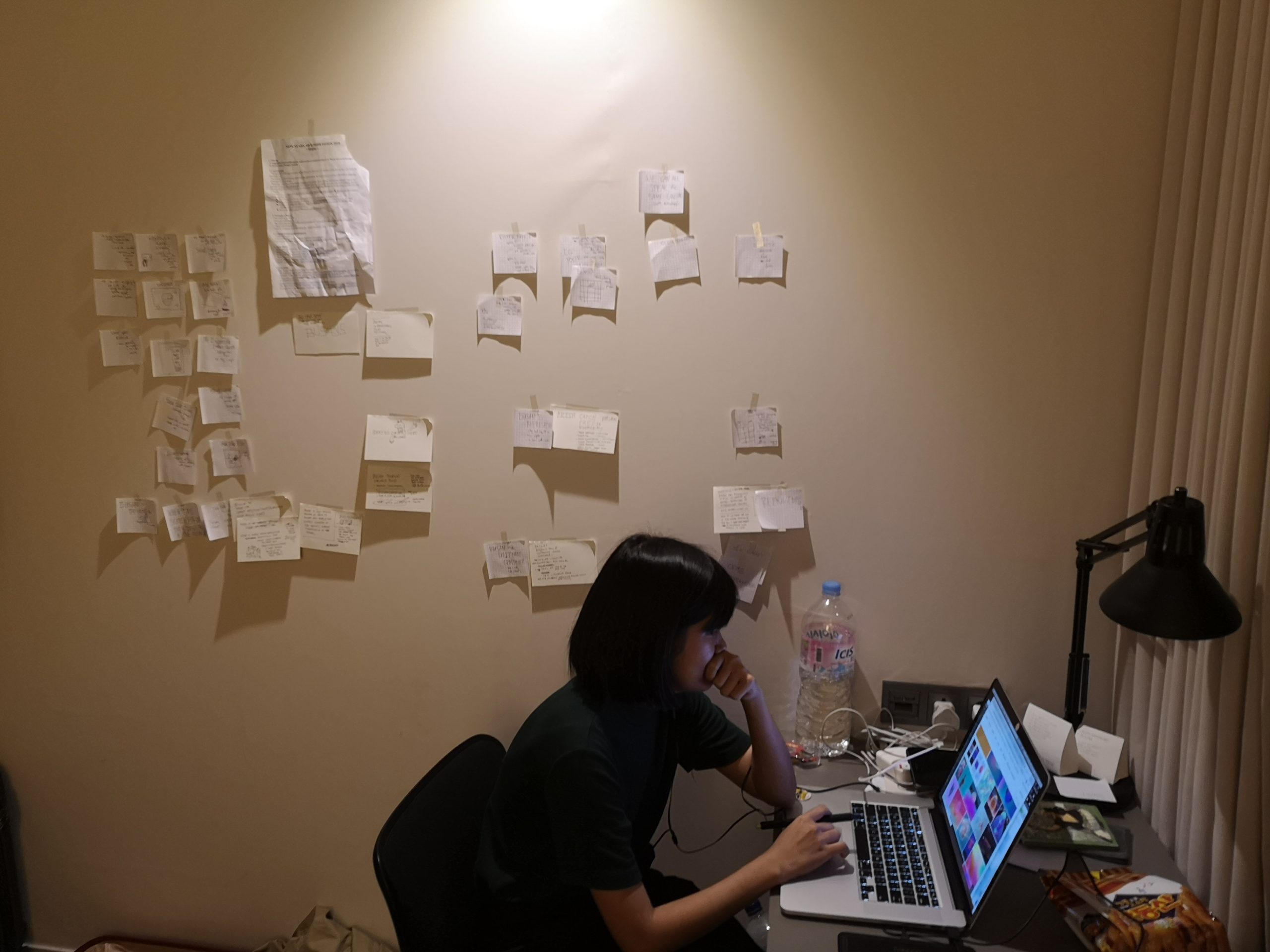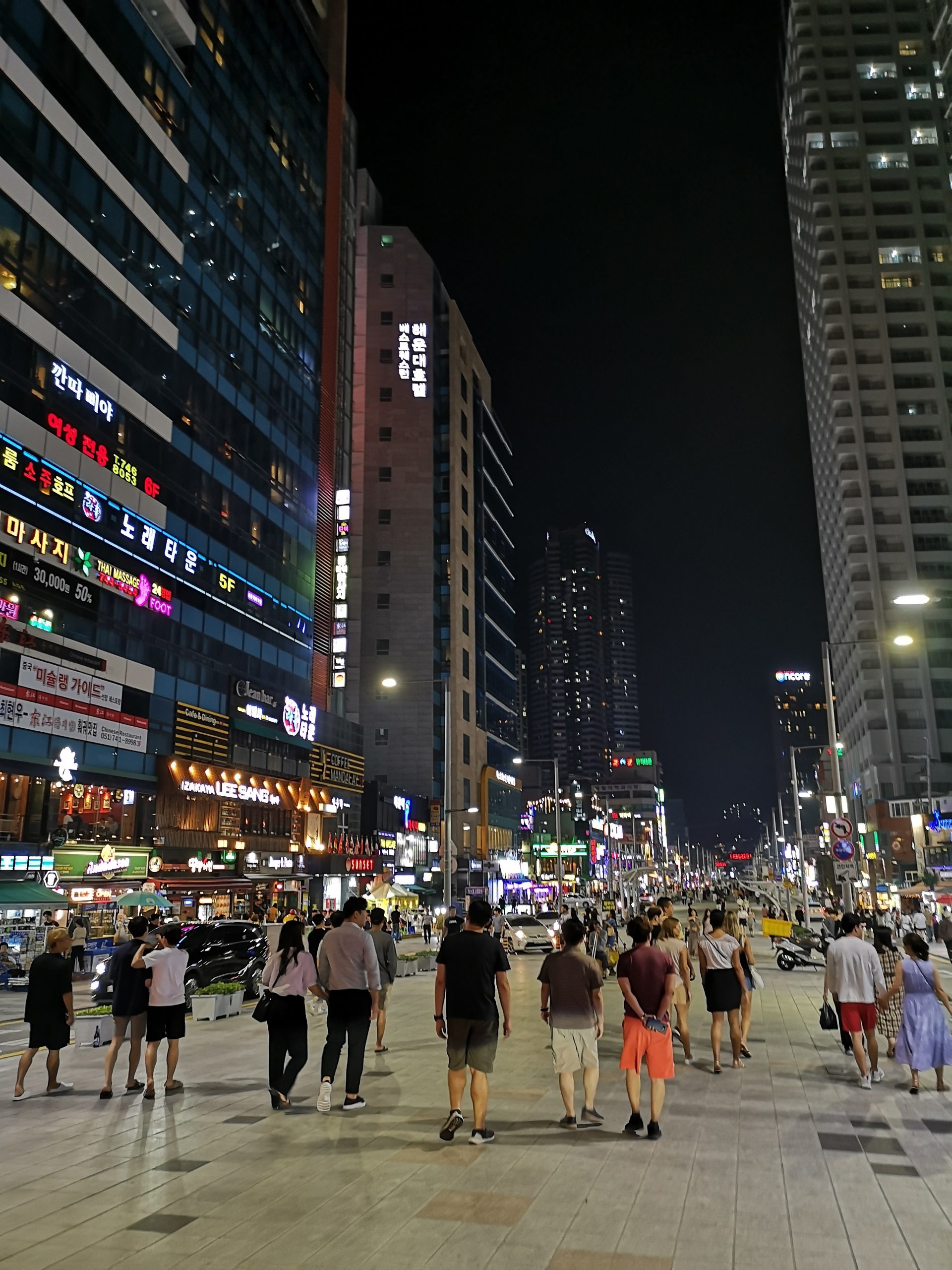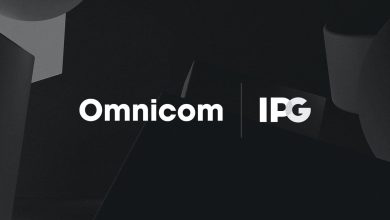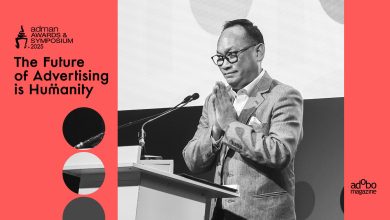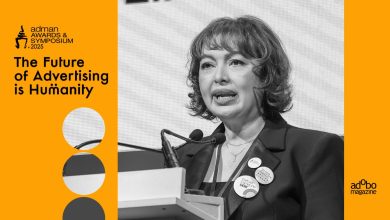Shortly after winning bronze at the Cannes Lions Young Lions for Digital, Wunderman Thompson Philippines’ Senior Copywriter Zachary Lim flew to Busan, Korea with partner Villarica Manuel this time as a Young Star competing at the AdStars 2019. Their team would then win Gold for their BusanWave campaign. Zach gives us a deep dive into his team’s work in his latest piece.
Ad Star’s New Stars competition was a young competition geared towards technology and innovation.
Brief: Create a social media idea to promote tourism for the city of Busan among foreigners.
9:00 am – THE BRIEF
So the whole briefing was…really weird. The judge/mentor at the time, Gabor Spielman, was definitely pushing for fresh new ideas. So that served as our first major clue. But then we went into the actual briefing and the entire thing felt scattered. There was a list of previous material, some facts, objectives, and some peg travel campaigns from around the world. One of them being DOT’s “It’s More Fun in the Philippines”. Despite all this info, there was no central message.
So we were really critical of the entire brief which eventually was an advantage to us. The next day we would actually see all the teams’ work and we saw that quite a few teams decided to focus on one statement in the brief.
After the briefing, we decided to take a step back. We tried to figure out what the brief was really saying. Looking at how they gave us campaign pegs and not just execution idea pegs, we realized that the real brief was that Busan didn’t know what they were. From there we gave ourselves our own brief. The city of Busan didn’t have a real identity. So the real question was “What is Busan?”.
10:00 am to 5:00 pm – BRAINSTORMING
One of the main points that inspired our idea was Rica’s impressions on K-Pop. She knew that it was definitely one of Korean culture’s high points but because it was so far from what Busan actually felt like, that drove her to research more about the city’s history. Since the challenge was about trying to define Busan and finding out why we would want to visit in the first place, it was tricky empathizing with an entirely new market because we never considered going to Busan before. She immersed herself with facts from the internet and experiencing the city itself. The research definitely paid off in the final process because Rica would later on bring up that Busan’s previous projects such as the Busan International Film Fest and other cultural events showed what kind of city Busan was.
For me, my priority was having fun. I think it was one of the best brainstorming sessions I had because my priority was experiencing the city the best I could. I ate lunch at the markets, walked around the city and brainstormed on the beach. I was trying to be a tourist. One of the moments that really stood out was when I was swimming at the beach. I remember seeing these massive skyscrapers right next to the beach. That to me was Busan: the modernity of Korea mixed with the calm of the beach.
5:00 pm – REGROUPING
We met back at the hotel and started sharing our ideas. At that point, neither of us felt that we had complete ideas on their own but we both trusted that working on it together would build something from what we currently had. The final idea was actually four or five different ideas put together.
There was an insight we couldn’t seem to crack but we felt like it was the right route. It was the fact that when you look at the consumer journey, a traveler looking for destinations in Korea only sees Busan later in their research. Also, researching about Korea only brings back results that are “typically Korean” like K-Pop, Korean BBQ, shopping in Myeongdong and the street food. None of these were close to what Busan was. We also realized that when you think of Korea, the last thing you expect is the image of a beach.
The initial idea I told Rica was what if Busan was a remix of Seoul? So maybe we could make Busan remixes of K-Pop and other Korean cultural icons. I mentioned how it could be like Vaporwave, and that’s when Rica said it: BusanWave. When we wrote that down we couldn’t stop talking about it. “Oh it could be a whole cultural thing.”, “It could be a whole aesthetic.”, “We can start with music and fashion and photography.” We kept going on and on and on and that’s how we knew that was the idea we wanted to go with.
9:00 pm – EXECUTION
We decided to go with that idea early on. The competition rules gave us a choice of making a concept board or a video but we knew that the only way to do the idea justice was through a video since it used music, pop-culture references, and had to show a “before and after of the cultural movement.
And what happened was when we stitched all these seemingly unrelated ideas together, that pretty much became our whole story. Each idea became a frame in our final video. The tricky part was the execution. We only had one night to show how a cultural movement could be launched. As far as we knew, there were no other campaigns out that were like this. Our biggest benchmark or peg for the campaign would be actual internet culture. That’s why we chose to start with music as the “launch material”. From there, we needed to show that it wasn’t just about remixing music but an entire cultural movement. So that meant applying the idea to different media shared on the internet: fashion, photography, videography, etc.
Eventually, we realized that the copy would be a vital part of the executions because that’s where we could flesh out the tone or mindset of BusanWave. We even went as far as making a write-up for the philosophy of BusanWave and that helped us out when we were making the other executions. It guided us into what BusanWave should feel like no matter what the medium.
9:00 am – PUBLIC VIEWING
Unlike other ad competitions, the judges actually discussed the work in front of all the participants one by one. We weren’t expecting to win. Because we felt our idea was a bit complicated, we were just hoping that the judges understood our idea.
We saw a lot of amazing ideas from the other contestants. We also saw how the other competitors took on the brief. One team used emojis as a universal language. Two other teams used the iconic “ajumas” of Korea. One of our favorite entries, the eventual silver winner, used the slime of a local eel to be the centerpiece of a type of TedTalk to attract scientists. A lot of teams built on specific statements on the brief but the entries that stood out to the judges used Korean culture to their advantage and gave people a reason to visit Busan rather than tell people why they should visit Busan.
Our objective was really never to win but to make an idea we could be proud of: an idea that was worth the 24 hours we would pour into it. We made sure to not pressure ourselves too much, have fun with the process and have faith that the idea would come. From there we made sure to do the idea justice in a well-crafted execution. From there, it was out of our hands.
About the Author
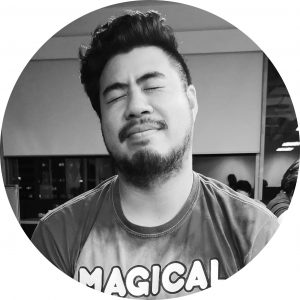
Zach Lim is a senior copywriter at Wunderman Thompson. His friends call him Zach but online he’s ayyypapi. He frequents the dark corners of the internet feeding on abstractionist memes and weird shit from Japan.


